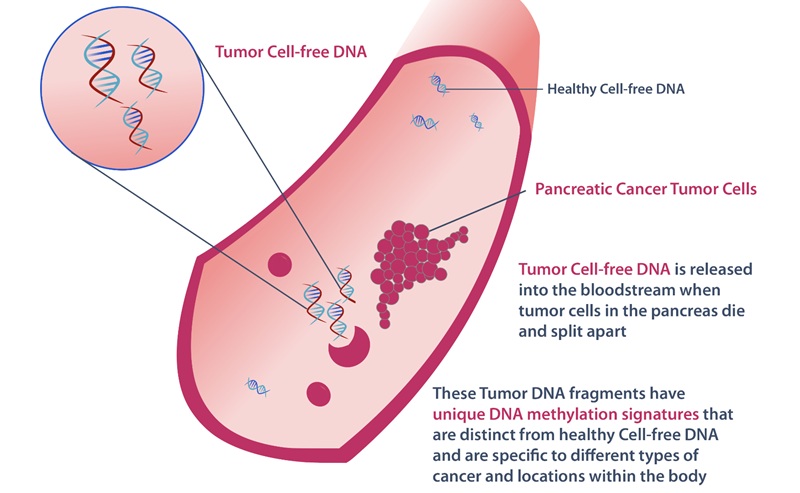New Approach to Help Predict Drug Resistance in Malaria and Infectious Diseases
Posted on 29 Nov 2024
Malaria, a disease transmitted by mosquitoes that affects millions worldwide, remains a significant public health concern, especially in tropical and subtropical regions. Despite significant efforts to control the disease, malaria continues to be one of the leading causes of illness and death, particularly in Africa, where the World Health Organization reports that 95% of malaria-related deaths occur. The effectiveness of first-line drugs has been compromised due to the emergence of drug-resistant strains of Plasmodium falciparum, the parasite responsible for malaria. Recently, researchers have examined the genomes of hundreds of malaria parasites to identify genetic variations linked to drug resistance. Their findings, published in Science, could help researchers apply machine learning to predict antimalarial drug resistance and more efficiently prioritize promising experimental treatments for development. This method might also extend to predicting resistance in other infectious diseases and even in cancer.
A team of researchers at the University of California San Diego (San Diego, CA, USA) studied the genomes of 724 lab-evolved malaria parasites that had developed resistance to 118 different antimalarial drugs, including both established and experimental treatments. By examining the mutations associated with resistance, they were able to pinpoint distinct genetic features, such as their location within genes, that could predict which genetic variations are most likely to contribute to drug resistance. The implications of these findings are crucial for developing new antimalarial drugs, and the researchers emphasize that their approach could be applied to a range of diseases.

This is because the genetic mechanisms behind drug resistance are similar across different pathogens and even within human cells. For instance, many of the mutations driving resistance in P. falciparum were found in a protein called PfMDR1, which transports substances within the cell, including expelling drugs from their intended site of action. A human counterpart of PfMDR1 exists, and mutations in this protein also play a significant role in treatment resistance in cancer.
“A lot of drug resistance research can only look at one chemical agent at a time, but what we’ve been able to do here is create a roadmap for understanding antimalaria drug resistance across more than a hundred different compounds,” said Elizabeth Winzeler, Ph.D., a professor at UC San Diego Skaggs School of Pharmacy and Pharmaceutical Sciences and the Department of Pediatrics at UC San Diego School of Medicine. “These results will be useful for other diseases as well, because many of the resistant genes we studied are conserved across different species.”














